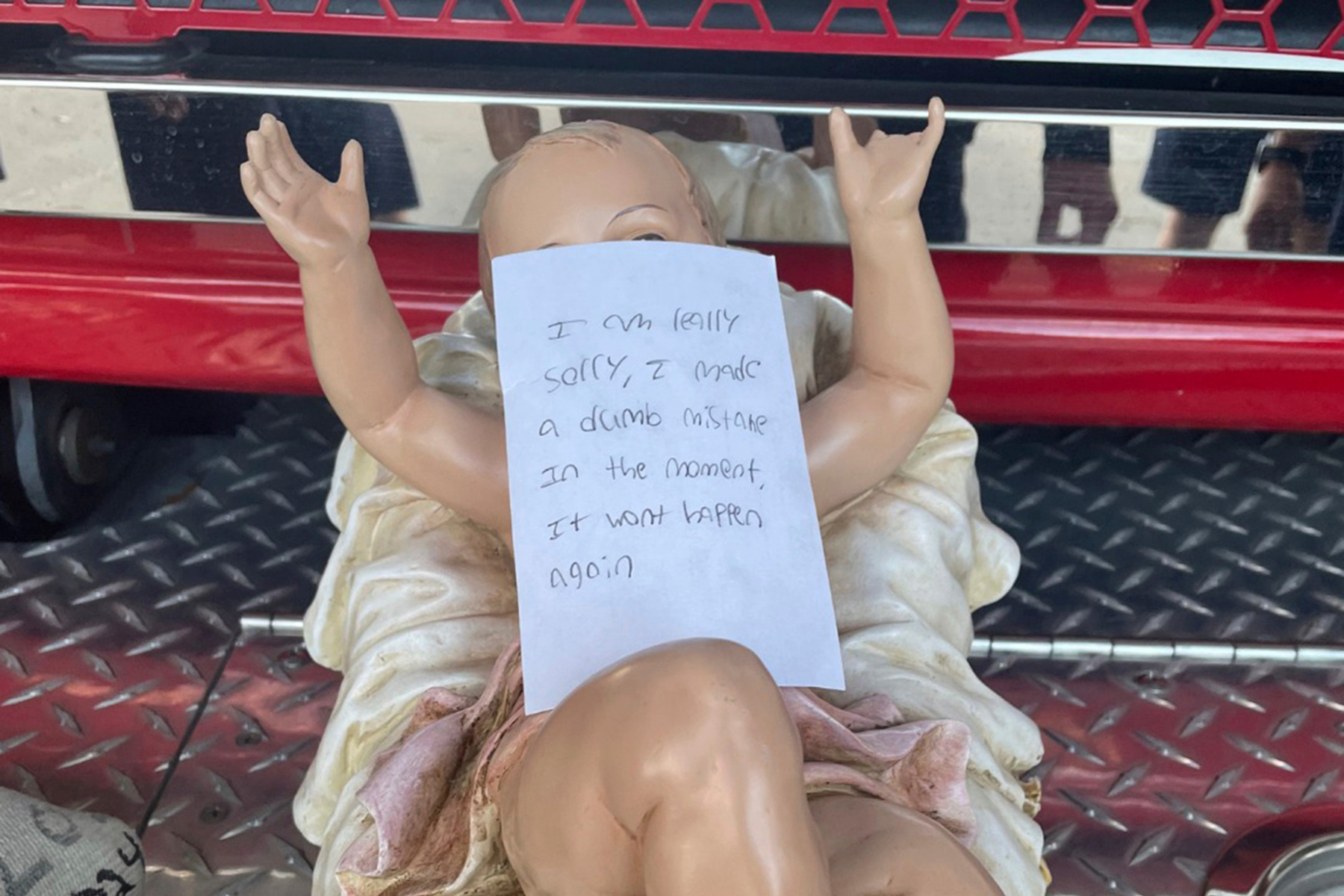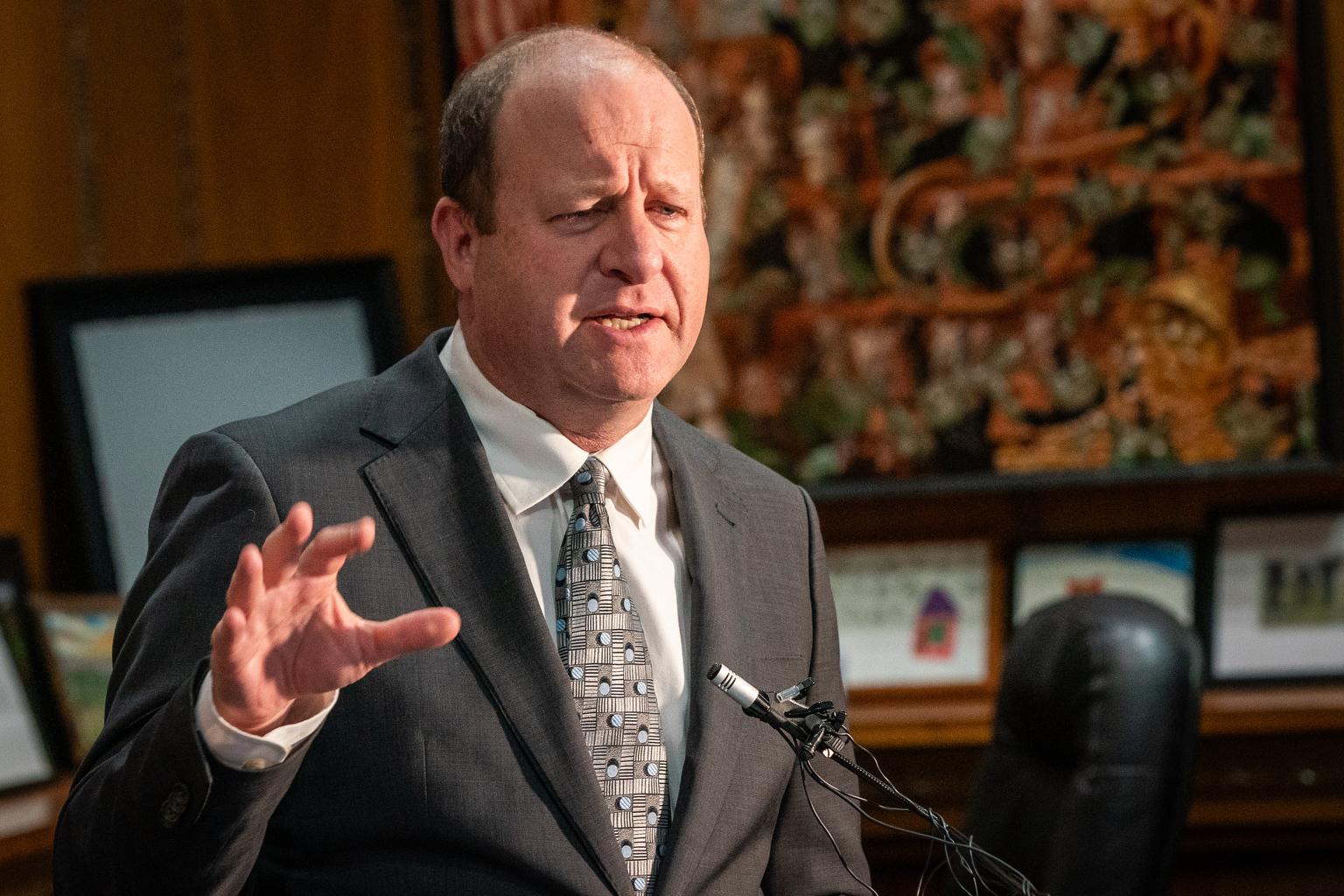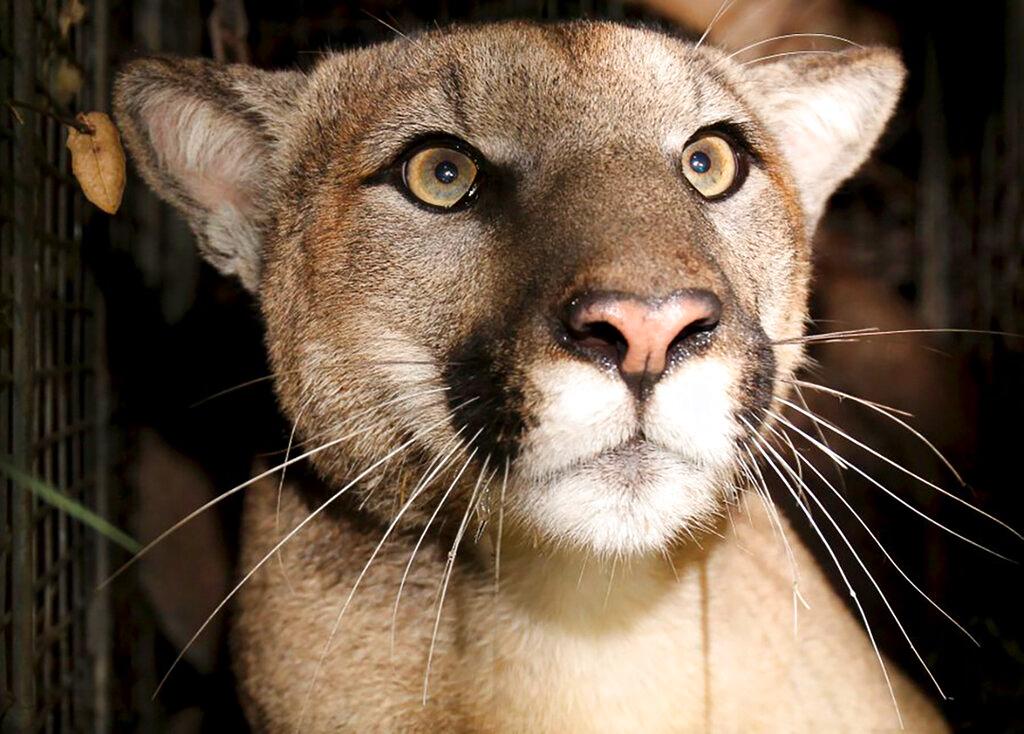
Efforts to ban wild cat hunting in Colorado have failed in recent years in the state legislature and have not gained traction with the Colorado Parks and Wildlife Commission. On Nov. 6, voters could chart a new course for managing wild cats.
Supporters and opponents of Proposition 127, a statewide ballot measure that would ban bobcat, lynx and mountain lion hunting, largely agree on one basic tenet: These wild cat species are an important and treasured part of Colorado’s natural ecosystem that should be preserved.
And that’s where the camaraderie ends.
As ballots lay open on kitchen tables around Colorado, presenting voters with a dizzying spread of 14 statewide amendments and propositions, the for and against campaigns for Proposition 127 have been especially vocal and engaged, vilifying their opponents from the streets of Durango to the front lawn of the state Capitol.
But much of the heated rhetoric obscures the nuance and complexity facing Colorado voters.
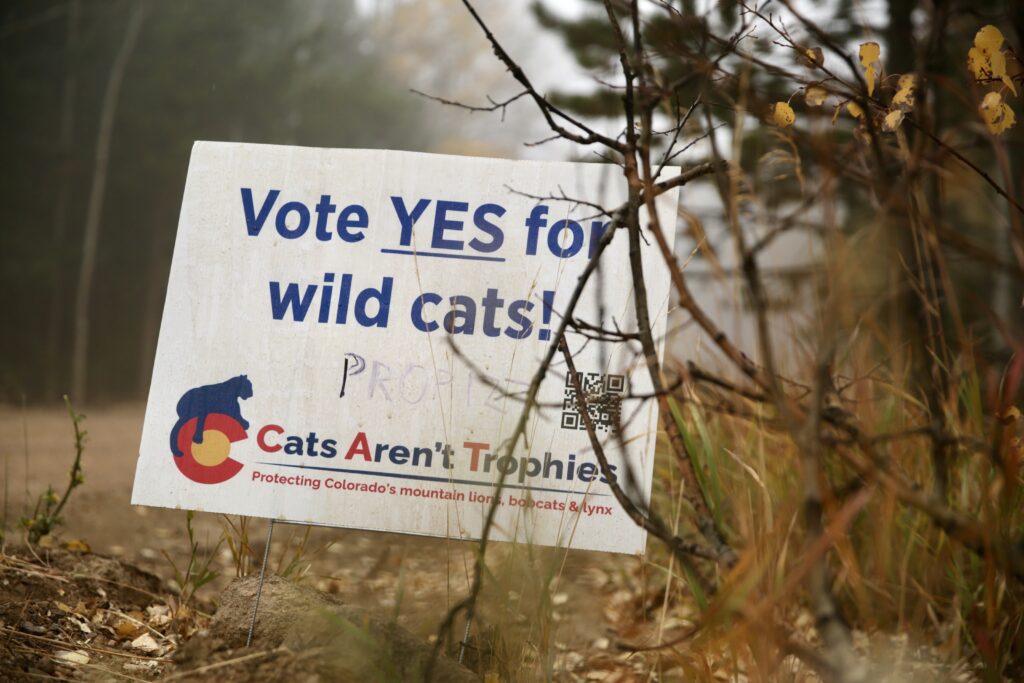
Wild cat populations
In the state’s territorial days, hunting of the state’s three wild cat species — bobcat, lynx and mountain lion — could better be described as an unrestrained culling. Even into the mid-20th century, the cats were killed on sight and at will by residents who saw the animals as meddlesome vermin or dangerous predators.
“(In) 1965, we had roughly 200 mountain lions in the state of Colorado when they were considered to be a nuisance, a pest,” said Dan Gates, who chairs the opposition campaign, during an interview outside Prairie Sporting Goods in Pueblo West.
Gates pulled into the local outdoor shop during a 14-hour-a-day, 7-day-a-week tour of the state representing Colorado’s Wildlife Deserve Better, a group encouraging voters to help defeat the measure. The trailer attached to his pickup was crammed with thousands of yard signs and stickers in cardboard boxes.
“You got 169 days as of right now that I've spent in hotels in the last year, 85 podcasts as of this morning and making sure that we, like I say, stay above the curve,” Gates said.
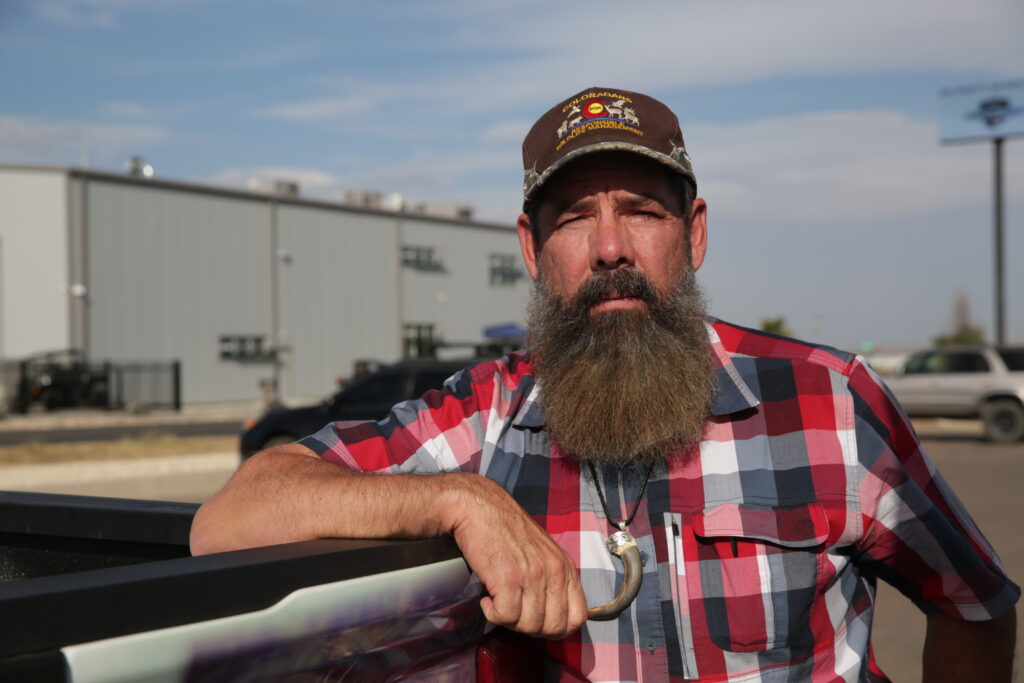
Around his neck, Gates wore a long, curving bear claw from his regulated hunt in Russia in 1998 — a talisman of his conservation philosophy.
Brown bears in Kamchatka, Russia had been nearly exterminated by rural villagers trying to protect reindeer herds, an important food source, especially for local indigenous communities. It was only when the country adopted the “North American model” of wildlife management for the bears that populations recovered. Once Kamchatkans realized there was an international market for hunting the bears, the incentives aligned to protect the species.
Gates said it’s the same model that saved Colorado mountain lions.
“Through 55 years of regulated hunting, through science-based management with adaptations and quotas,we’ve increased the population 25-fold,” he said.
The state hunting regulator, Colorado Parks and Wildlife, considers the state’s populations of bobcats and mountain lions stable and healthy. The agency estimates between 3,800 and 4,400 mountain lions live in the state, not including kittens. Bobcats are the most common wild cat species in North America, with a minimum population of between 1.4 and 2.6 million nationwide, according to the Journal of Fish and Wildlife Management.
Lynx, however, are listed as federally threatened. It’s estimated less than 2,000 Canada Lynx remain in the U.S. and between 150 and 250 live in Colorado today, according to state wildlife officials. Hunting lynx has been illegal since the cats were reintroduced to the state in 1999.
Opponents of Proposition 127 argue that including the species in the ballot measure is a “red herring” to imply it would change how lynx are currently managed in Colorado. It would not, but the ballot measure would set up a preemptive ban should lynx numbers increase enough to be hunted.
The fact that big cat populations have recovered under regulated hunting in Colorado doesn’t seem to sway many supporters of Proposition 127. From their perspective, the argument should be focused on whether hunting seasons are necessary to keep big cat populations in line.
A dated view of wildlife management?
Dan Ashe was a director of the U.S. Fish and Wildlife Service during the Obama Administration. Today, he’s President and CEO of the Association of Zoos and Aquariums. Ashe is a lifelong hunter and agrees that “hunters historically have been among the most generous of conservationists.” Nevertheless, he said hunting large predators like big cats represents a dated view of wildlife management.
“The whole process of conservation is an attempt to preserve a status quo. So we're reluctant, resistant in many respects, to change,” Ashe said. “But …now is the time for change.”
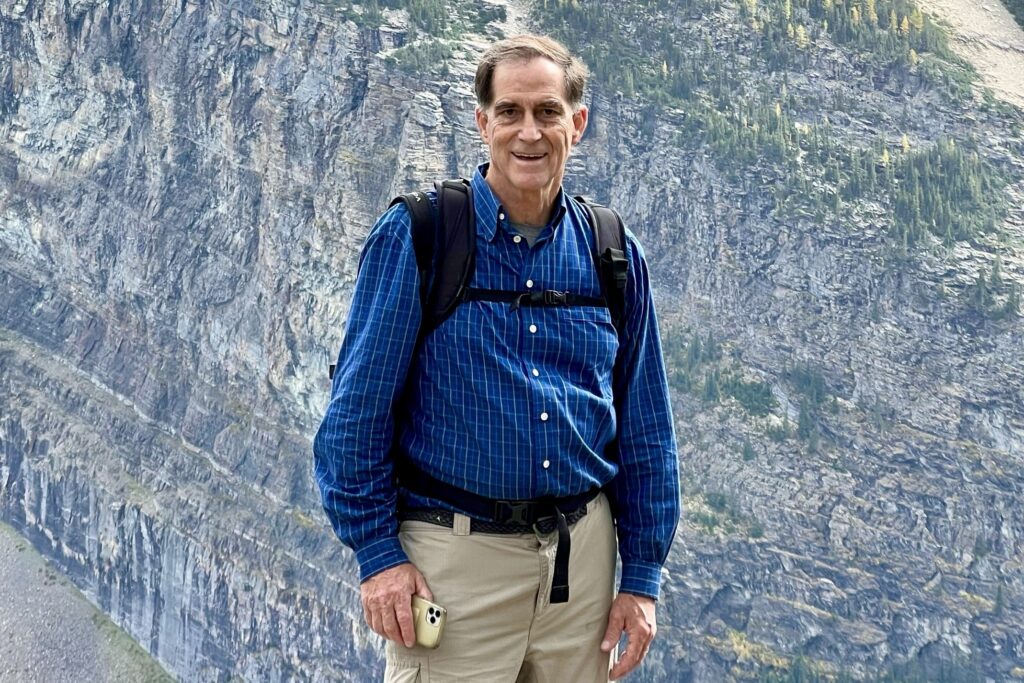
To make his case, Ashe points to mountain lion management in California. A temporary moratorium on mountain lion hunting was signed by Republican then-Gov. Ronald Reagan in 1971. That moratorium was extended several times until California voters passed a permanent ban on the practice in 1990.
“A state that has a similar amount of habitat as Colorado and six times more people, and mountain lion populations are healthy,” Ashe said.
Wildlife managers in California do have the authority to manage problem animals, but Ashe said the state has discovered that cat populations are largely self-regulating. A mountain lion, for example, stakes out a large territory and competes with other mountain lions to protect its turf. The losers often don’t survive.
Ashe sees Proposition 127 as part of a larger reframing of public perception of predators, part of the same sentiment that led to the reintroduction of wolves in Yellowstone National Park in the 1990s and in Colorado through a narrowly approved ballot question in 2020.
“Hunters, like game managers, have stigmatized these animals and they’re not our enemies. They’re our allies in management of deer and elk,” Ashe said.
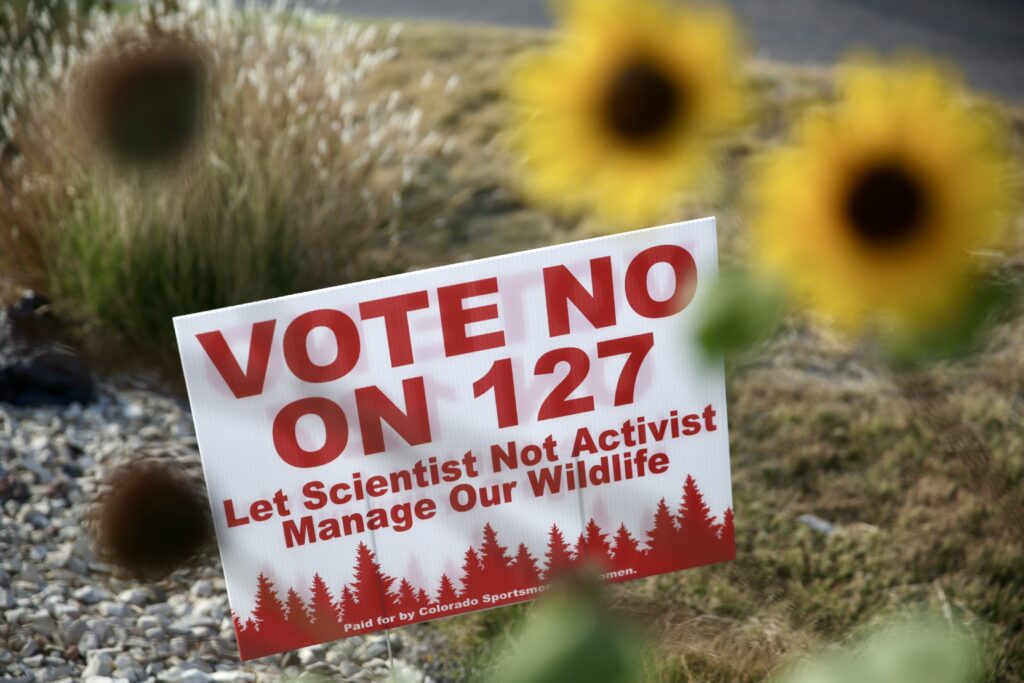
Methods of take
Melinda Marquis saw her first and only mountain lion in the wild two decades ago. It was a Friday night and she and her husband were driving back to their home outside Nederland.
“He slowed down and I sat up and there was this majestic mountain lion walking from left to right across Boulder Canyon. Her tail was out and it was magnificent,” Marquis said.
A scientist at the National Renewable Energy Lab in Golden, Marquis doesn’t describe herself as very politically active. She marched against the Iraq War in 2003 and will at times call and email her Congressperson. It wasn’t until the signature-gathering effort that put Proposition 127 on the November 2024 ballot that she volunteered to help pass a ballot measure, through the Cats Aren’t Trophies campaign.
“This is so important,” she said. “I thought, ‘I’ve got to make time for this.’”
Walking a wooded trail near her house, Marquis said she does not like hunting overall, though she appreciates the meat gathered outside of a “factory farm.” As Marquis gazed at the forest shrouded in autumn mist, she described a deep concern for declining wildlife populations worldwide amidst widespread habitat loss and climate change.
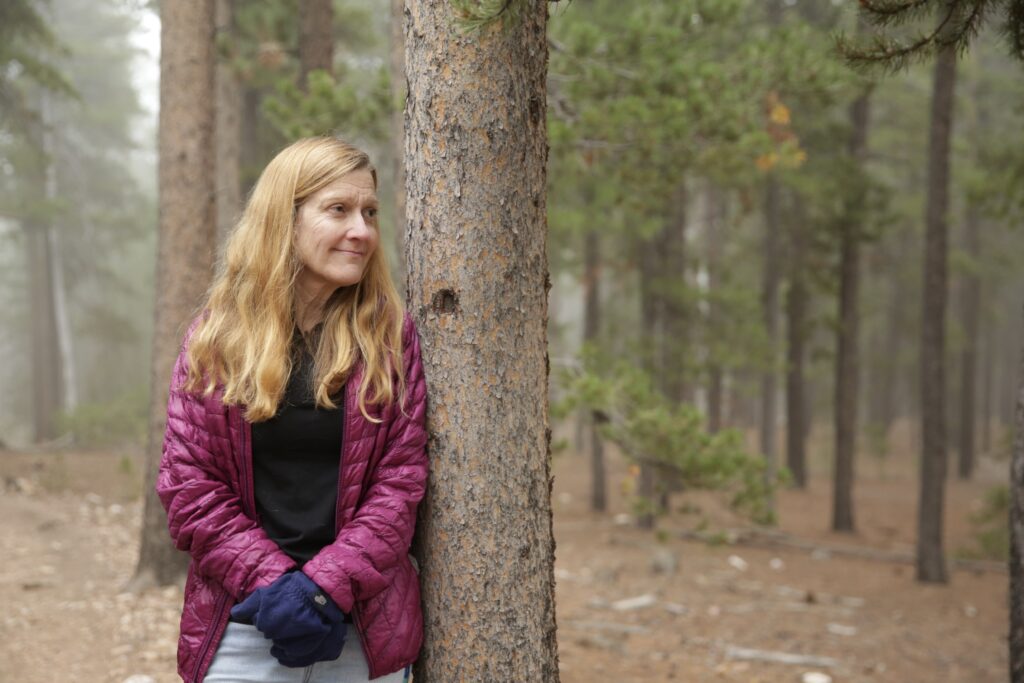
“I don’t think humans have the right to manage wildlife,” she said. “We have the power to do that, and we abuse that power every day in the way that we treat animals.”
About 500 mountain lions are harvested by hunters each year on average, according to state wildlife officials. About 880 bobcats are killed, largely through trapping.
Colorado hunting regulations require a hunting tag for each harvested mountain lion, which must be inspected and tracked by state wildlife agents. Its meat must also be prepared for human consumption. Meanwhile, an unlimited number of bobcats can be hunted or trapped with an annual furbearer license during the Dec. 1 through Feb. 28 season. The cats — or their pelts — need state inspection, but there is no requirement to keep the meat.
Marquis and other supporters of Proposition 127 object to what they consider the “cruel” methods used to hunt and trap wild cats.
With trapping, they oppose selling fur and practices some trappers use to preserve pelts, including bludgeoning captured big cats or strangling them with catch poles. With hunting, they describe the use of hound teams — often wearing GPS-locating collars — to find and corral cats as an unsportsmanlike advantage.
“The hunter in that equation just comes in at the end, probably rides in on a four-wheeler or some other vehicle, gets out, loads his gun and shoots the animal out of a tree,” Ashe said. “That’s hardly hunting as I have grown up to understand it.”
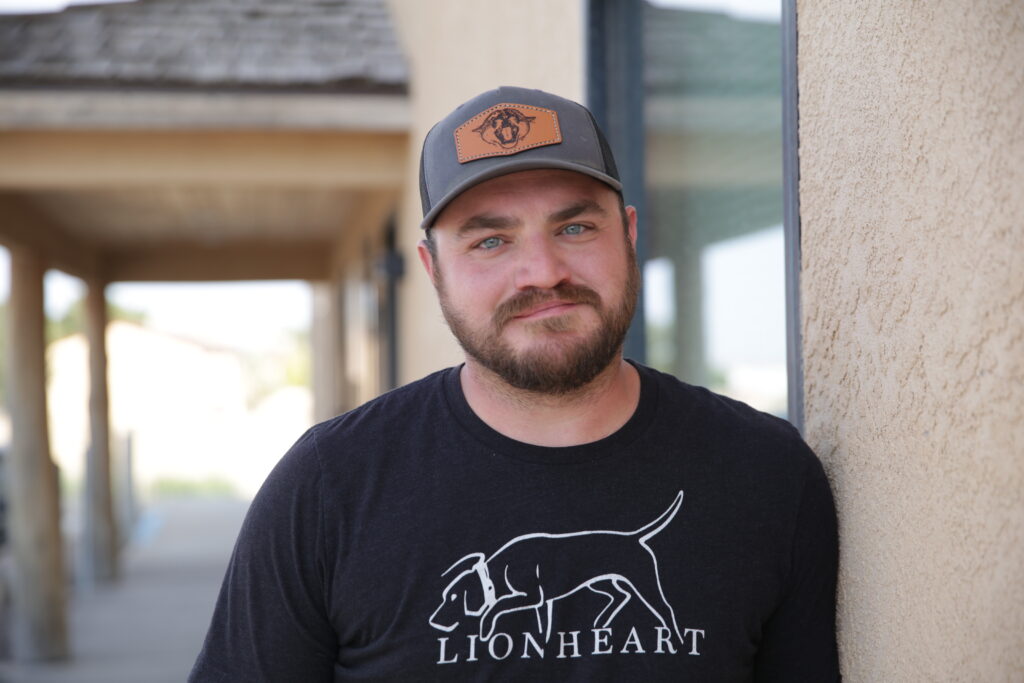
That’s not how Justin Angelovich, the President of the United Houndsmen of Colorado, sees it. Angelovich was brought up in the sport, which he said has an ancient heritage older than the technology of leather boots.
“I’ve always been a huge dog fanatic, just a crazy dog person, I guess,” Angelovich said. “What we do with these dogs, it’s so difficult and it’s truly kind of magical.”
Angelovich said hunting with hounds requires a constant commitment that is “uniquely different” from other hunting traditions. It involves taking specifically bred dogs through at least four years of focused training. Afterward, “when you spend thousands of hours with a dog or a group of dogs, you build a bond just forged on blood, sweat and tears,” he said.
All that happens before the hunt begins. In the field, a hunter must first locate a cat track fresh enough to keep a scent. From there, “there’s a million and one things that can go wrong,” Angelovich said, noting that many hunters never catch up with the cat.
If it all goes to plan, a successful result comes when a team of three to five dogs corners a mountain lion in a tree or on a cliffside, Angelovich said. This allows the hunter to determine if the cat is too young, or is a pregnant or nursing mother. He said those cats are allowed to escape since hunters aim to harvest older animals.
“It’s something (Proposition 127 supporters) just don’t understand,” Angelovich said. “As a houndsman, there’s nobody that wants more lions in the mountain than me. There’s nobody that appreciates them the way that we do.”
Opponents of the measure characterize Proposition 127 as an attack on these long-held Western traditions that could undermine the primary model of wildlife management in the U.S., which they say creates a market incentive to keep wild cat populations healthy while still allowing hunters and trappers to engage in activities that both Gates and Angelovich labeled as core to their identities.
“First and foremost, I’m a hunter and a trapper and I’m a sportsman,” Gates said. “It’s who I am. It’s what I do. It’s how I live.”
For Proposition 127 supporters, the hunting and trapping of Colorado’s wild cats is less a proud tradition and more an unwarranted relic, out-of-step with 21st-century sensibilities.
“It’s so unethical. It’s got to stop. It is completely barbaric,” Marquis said.
Both campaigns are making their final arguments and marshaling resources in the final stretch before election day. After voters finally decide where they land on the topic, the good news is they only have 13 statewide measures left on their ballot.



